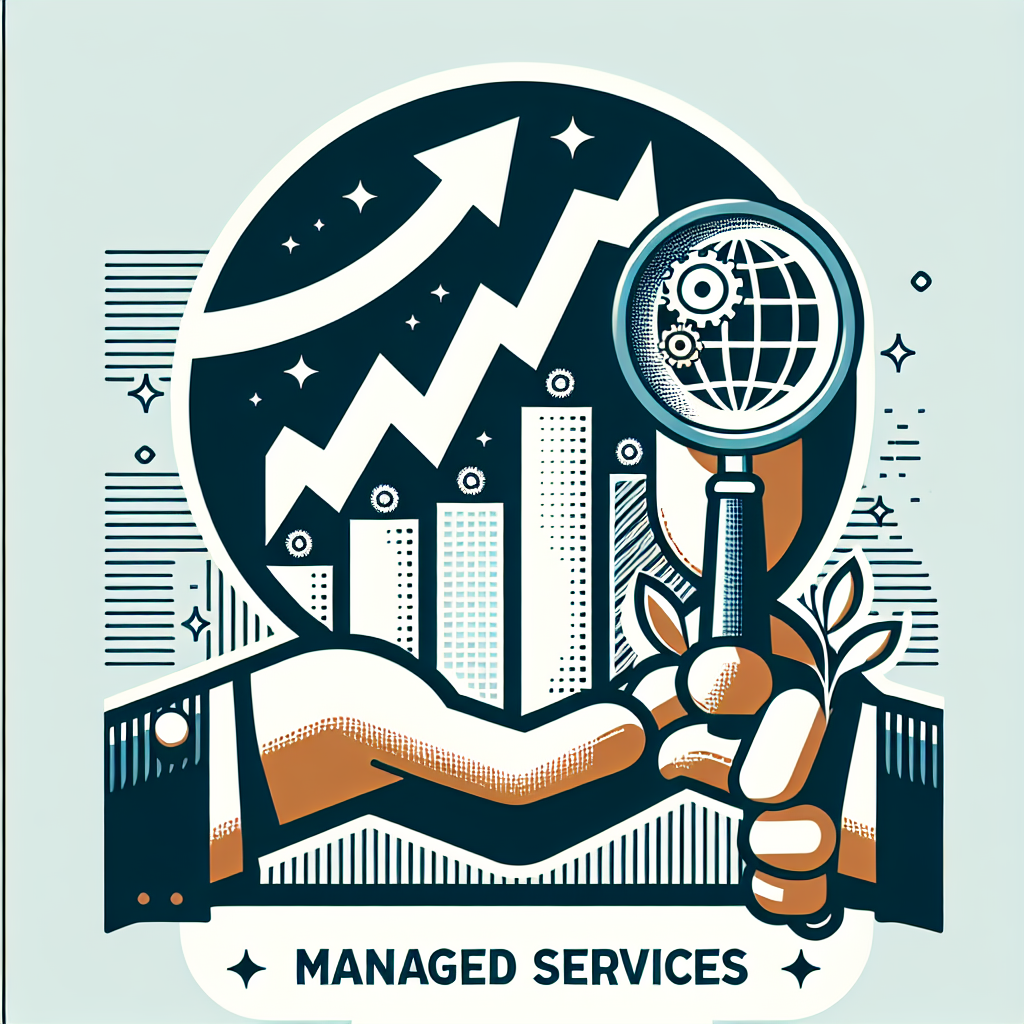In times of disaster, whether it be a natural disaster like a hurricane or a man-made disaster like a terrorist attack, response and recovery efforts are crucial in minimizing damage and saving lives. One vital tool that has become increasingly important in disaster response and recovery is remote monitoring.
Remote monitoring refers to the use of technology to monitor and collect data from a distance. This can include using satellite imagery, drones, sensors, cameras, and other tools to gather information about the disaster area in real-time. This information is then used to assess the situation, identify areas of concern, and coordinate response efforts.
One of the key benefits of remote monitoring in disaster response is the ability to quickly gather and analyze data from a wide area. This can help emergency responders to prioritize their efforts and allocate resources more effectively. For example, satellite imagery can be used to assess the extent of damage caused by a hurricane, while drones can be used to search for survivors in hard-to-reach areas.
Remote monitoring can also help to improve communication and coordination among different agencies involved in the response effort. By sharing real-time data and imagery, responders can work together more efficiently and make decisions based on the most up-to-date information available.
In addition to aiding in the initial response to a disaster, remote monitoring can also play a crucial role in the recovery phase. By continuously monitoring the affected area, responders can track progress, identify areas that still need attention, and ensure that recovery efforts are on track.
Furthermore, remote monitoring can help to improve the safety of responders by providing valuable information about potential hazards in the disaster area. For example, sensors can be used to monitor air quality and detect the presence of hazardous materials, helping to protect those working on the ground.
Overall, remote monitoring is a vital tool in disaster response and recovery efforts. By providing real-time data and imagery, improving communication and coordination among responders, and enhancing safety, remote monitoring can help to save lives and minimize the impact of disasters on communities. As technology continues to advance, remote monitoring will only become more important in ensuring effective and efficient disaster response and recovery.









